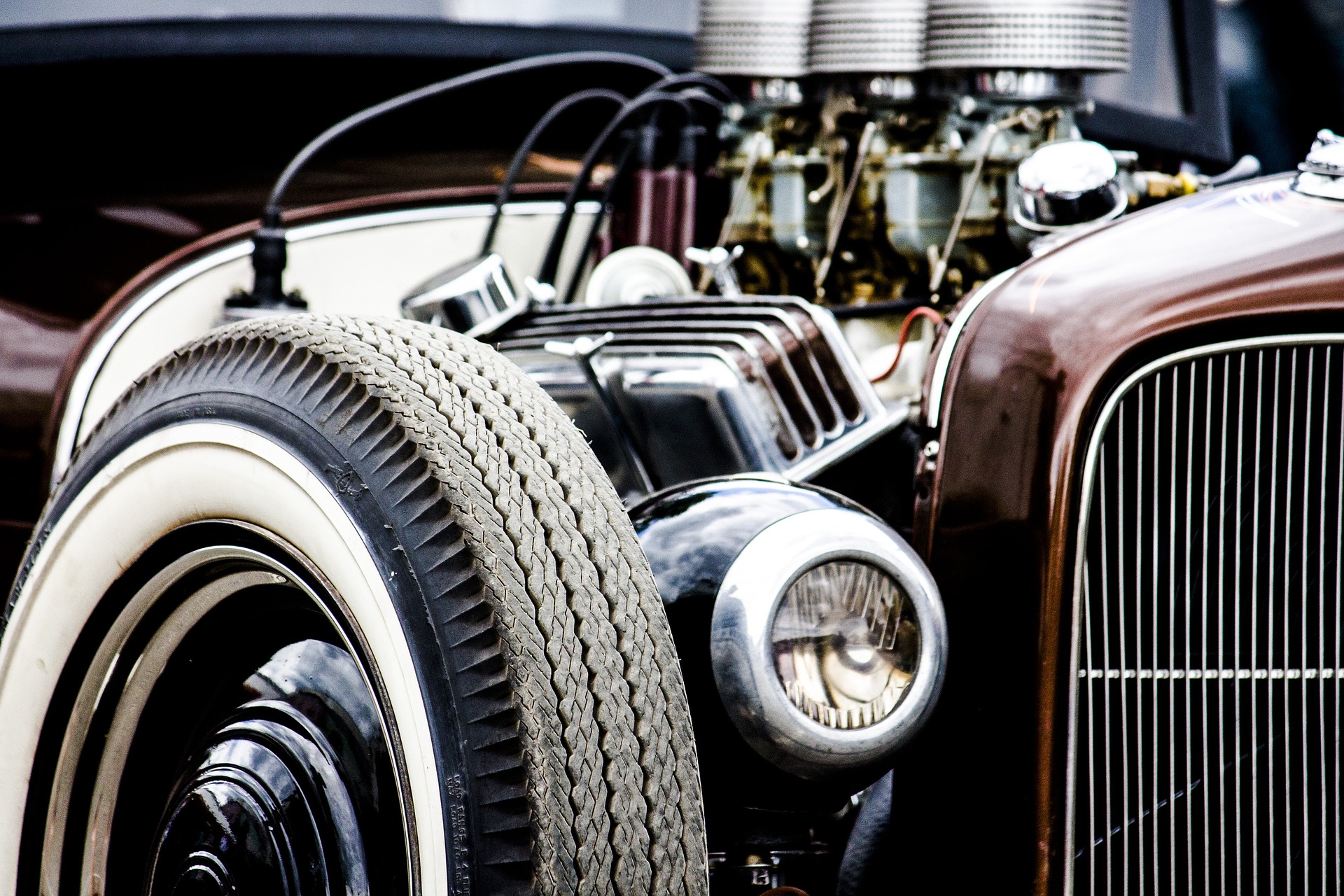Vintage Cars: History, Restoration, and Ownership
Vintage cars occupy a distinct place in automotive history, blending design, engineering milestones, and cultural memory. Collectors, restorers, and enthusiasts study these automobiles for their craftsmanship, provenance, and the way they reflect technological and social changes of their eras. Understanding what makes a car “vintage,” how restoration works, and why people invest time and resources in preservation helps clarify the hobby and responsibilities of ownership.

What defines a vintage car?
A vintage car is generally identified by its age, historical context, and original design characteristics. Definitions vary by country and organization: some registries classify cars built between specific years (for example, early 20th century to the 1930s) as vintage, while others use broader categories that include pre-war or early post-war models. Beyond age, rarity, provenance, and surviving original components contribute to a car’s vintage status. Documentation like factory records, original parts, and period photographs often supports a vehicle’s classification and value.
Many owners and clubs also consider driving experience and design lineage when labeling a vehicle vintage. For collectors, aesthetic elements such as coachwork, instrument layouts, and period-correct materials are equally important. Local registration rules and historic vehicle schemes may grant special licensing or exemptions for cars meeting vintage criteria.
How does a classic car differ from others?
Classic car is a related but distinct term that often covers a wider range of years than vintage. While vintage typically refers to very early vehicles, classic cars commonly include models from later decades—often from the 1940s through the 1970s or beyond—depending on local definitions. Classic status is frequently associated with enduring design appeal, cultural significance, or technical innovations that influenced later automotive generations.
Classic cars may be judged by originality, condition, and historical importance. Enthusiast organizations and insurance companies use varying age thresholds and condition criteria to define classics. Whether a vehicle is described as classic or vintage can affect registration benefits, insurance options, and event eligibility, so owners often consult regional clubs or authorities for specific classifications.
Why are automobiles of the past valued?
Automobiles from past decades are valued for multiple reasons: historical context, craftsmanship, rarity, and storytelling. Early automobiles showcase period engineering solutions and materials—hand-formed body panels, mechanical carburetion, and non-synchronized gearboxes—that are no longer produced. Restored or well-preserved examples provide tangible links to industrial history and design trends of their time.
Market demand also reflects social and cultural interest. Certain models gain status because of motorsport success, celebrity ownership, or unique technological features. For many enthusiasts, the value lies in preserving mechanical knowledge and experiencing a different mode of motoring. Economic value can vary widely across makes, models, geographic markets, and condition levels.
What does automotive restoration involve?
Automotive restoration covers a spectrum from sympathetic maintenance to full factory-accurate rebuilds. A typical restoration project begins with research—verifying chassis numbers, trim codes, and original specifications—followed by disassembly, assessment, and a plan balancing originality with safety and drivability. Common tasks include metalwork, engine rebuilding, electrical rewiring, upholstery replacement, and sourcing period-correct components.
Restorers aim to maintain or recreate historical accuracy where desired, but many owners choose practical upgrades such as improved braking, modern fuel systems, or discreet electrical improvements for safe use on contemporary roads. Restoration decisions depend on the vehicle’s intended use (show, regular driving, or investment), available documentation, and budget. Working with experienced technicians and preservation-minded suppliers helps protect authenticity while ensuring reliability.
How does nostalgia shape collecting and events?
Nostalgia plays a central role in the vintage and classic car community. Events, rallies, and local services cater to enthusiasts who seek to relive or preserve aspects of motoring heritage. Car shows and concours focus on presentation and historical fidelity, while vintage rallies emphasize period dress, navigation, and the driving experience itself. Clubs and forums facilitate knowledge exchange, parts sourcing, and social connections among owners.
Nostalgia also influences how cars are displayed and interpreted: period accessories, signage, and restoration choices often reflect an era’s cultural context. That emotional connection can increase willingness to invest time and resources into preservation, but it also shapes market trends and the types of services offered by specialists in your area.
Conclusion
Vintage cars combine technical history, design character, and cultural resonance. Whether approached as mechanical projects, investment assets, or living pieces of history, these automobiles require informed choices about classification, restoration scope, and maintenance. Understanding the distinctions between vintage and classic labels, the practicalities of restoration, and the role of nostalgia helps prospective owners and enthusiasts navigate preservation with clearer expectations and respect for automotive heritage.





